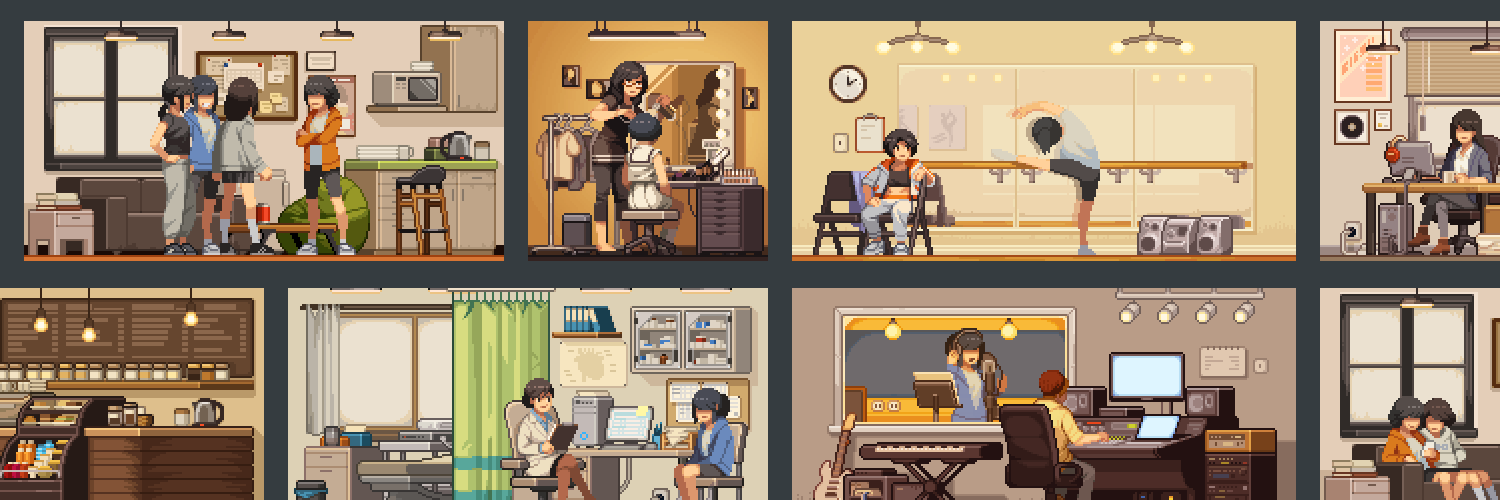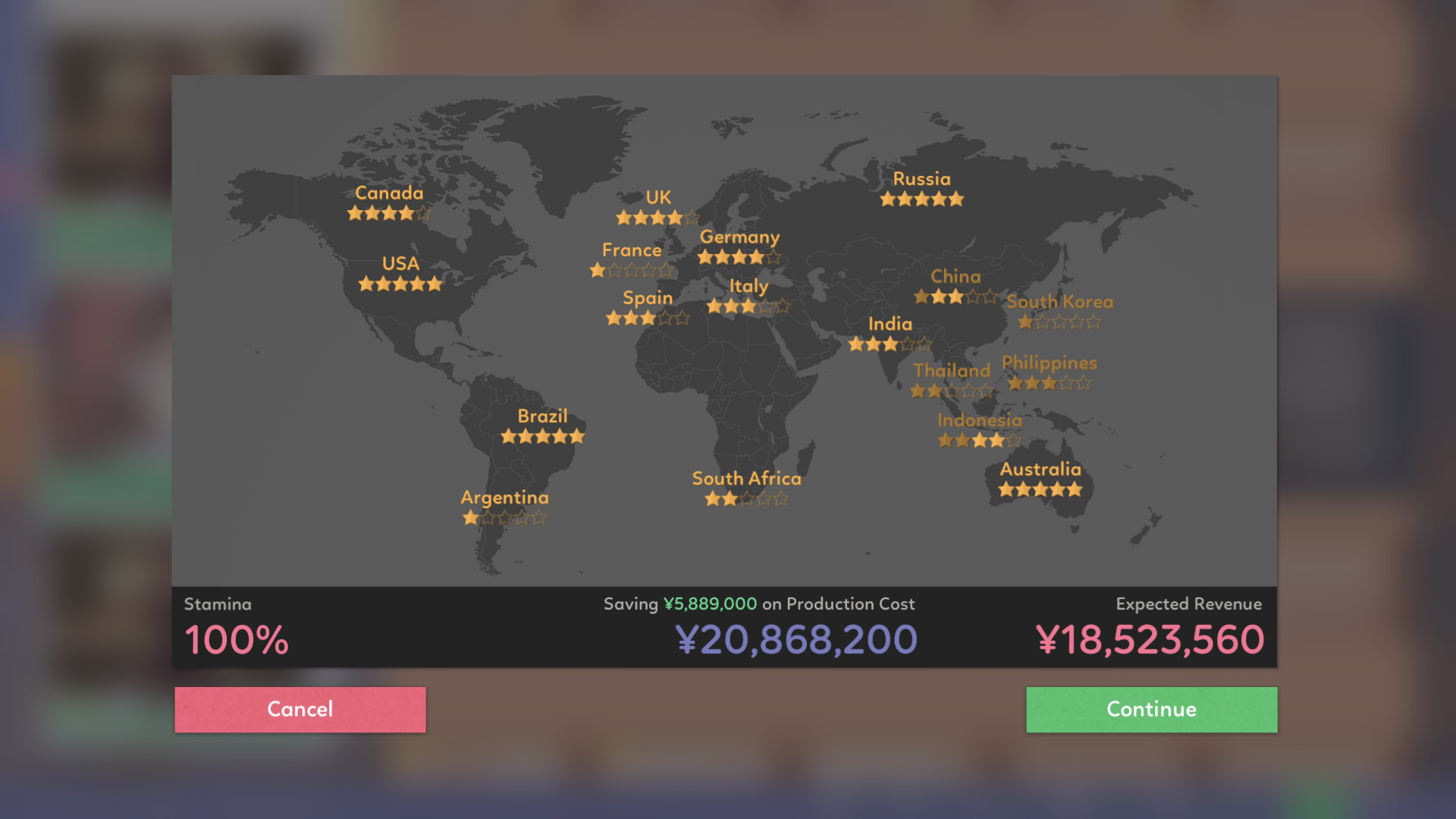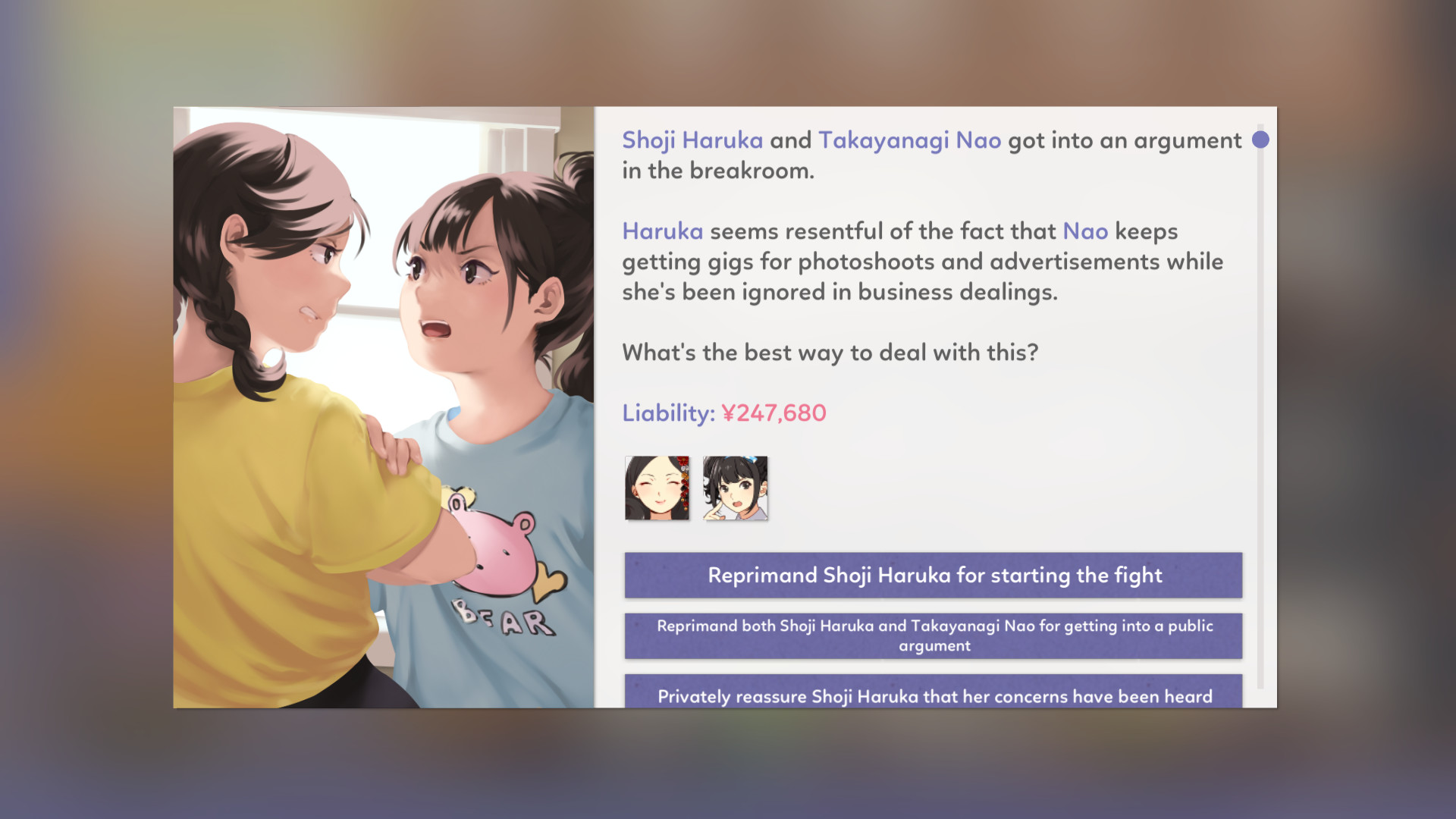
The Isfahan phase of Safavid rule witnessed the culmination of a half-century-long process of decentralization in artistic patronage and production: sponsorship expanded beyond royal and princely courts to include regional governors, merchants, and members of the intellectual and artistic classes and artists practiced their trade with greater independence than before, often working for more than one patron at a given time. Transformations in the visual and literary arts during the Safavid period (1501–1722), particularly after the establishment of Isfahan as the Safavids’ third and final capital in 1598, suggest that both questions may be answered in the affirmative. Two questions that the present study will address are whether such practices enjoyed an even wider appeal and whether they were ever modified or elaborated upon. Kia suggests that the practice of infusing manuscript illustrations with “excessive” elements to prompt intertextual readings expanded beyond the intellectually rarified late Timurid court of Herat to successor milieux, such as the courtly centers of sixteenth-century Safavid Iran. Recent studies by Chad Kia (2019) and Lamia Balafrej (2019) have drawn greater attention to the hermeneutic agency of manuscript illustration in that particular milieu. 5 Behzād’s erudite manipulation of text, intertext, and image would have appealed to the circle of learned sophisticates (including Jāmī himself) at the late Timurid Herat court of Solṭan Ḥosayn Bāyqarā (r. 1492) the latter text includes, among other details reflected in Behzād’s painting, a description of the palace’s luxurious complexity.

The illustration, with its intricate depiction of Zulaikha’s pleasure-palace, was not inspired by the text at hand – Saʿdī’s description of the seduction – but by a later and significantly longer version of the tale by ʿAbd al-Raḥmān Jāmī (d. Such intertextual performativity was indicated by Golombek (1972) in a foundational analysis of the renowned illustration of “Yūsuf Fleeing the Advances of Zulaikha” by the artist Behzād, appearing in a manuscript of the Bustān of Saʿdī (d. In mediating meaning between two or more texts using visual forms, artists signaled their familiarity with the dialogic, cumulative, and inherently intertextual quality of classical Persian poetry: in that tradition, poets often deployed polyvalent imagery developed over centuries and adapted thematic and structural characteristics from the works of earlier masters to forge a conversation with the past and build upon the tradition. 4 In this way, illustrations could function as visual glosses similar to textual commentaries. These questions include whether the image’s contingency upon, or autonomy from, text is a useful model for the Persian pictorial arts, 3 and to what extent diachronic and synchronic patterns may be discerned in the staging and reception of the text-image interface, particularly in the arts of the book.Īn aspect of text-image relations in Persian illustrated manuscripts that has come increasingly into focus is the potential for pictures in books to exceed their basic illustrative function through the incorporation of visual elements that may, upon first glance, seem unrelated to the text at hand but that index other works of literature, prompting an intertextual reading. This limitation, rooted in part in a persistent taxonomic distinction between literature and visual art, has tended to obstruct the formulation of critical questions surrounding the conceptualization, development, and evolution of text-image relations in regions where Persian was a primary literary language. 2 Nonetheless, such aspects remain insufficiently studied. Although art historical examinations of Persianate text-image relations have traditionally privileged the utility of pictures in giving visual form to their physically proximate or referent texts (Roxburgh, 2003: 5), scholars since the 1970s have devoted increased attention to less descriptive facets of the text-image nexus, including shared concepts underpinning pictorial and literary creativity as well as the negotiation of hermeneutic agency between pictures and texts.


Evidence for this interconnectivity is found in the pictorial formats most commonly examined by historians of Persian art – manuscript illustration, a genre ontologically anchored in literary texts and single-sheet paintings and drawings, whose subject matter frequently alludes to canonical literary-pictorial themes and could be further glossed by verses conjoined to them when mounted in an album.

Poetry and painting are intimately connected forms of cultural expression in premodern Perso-Islamic painting. Keywords: illustrated manuscripts Persian painting Safavid art intertextuality intervisuality javāb gender Nawʿī


 0 kommentar(er)
0 kommentar(er)
